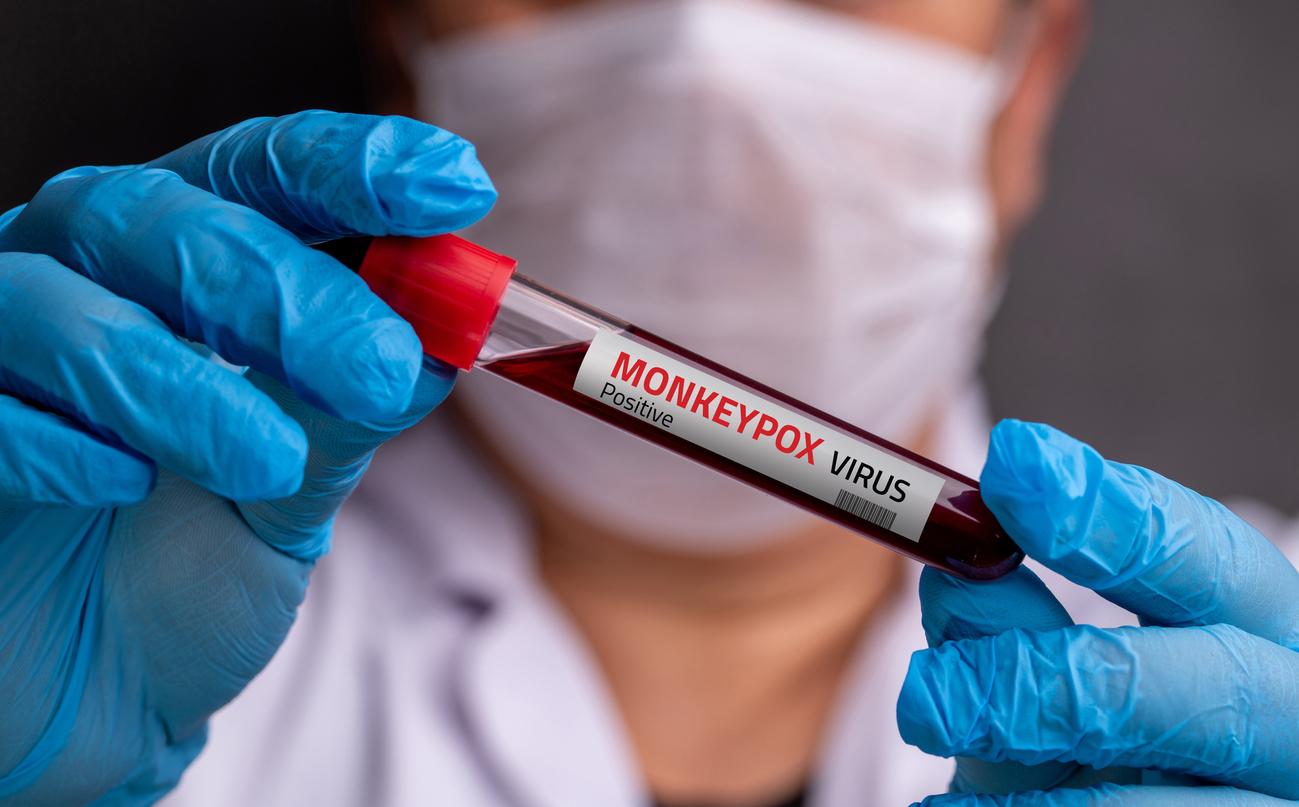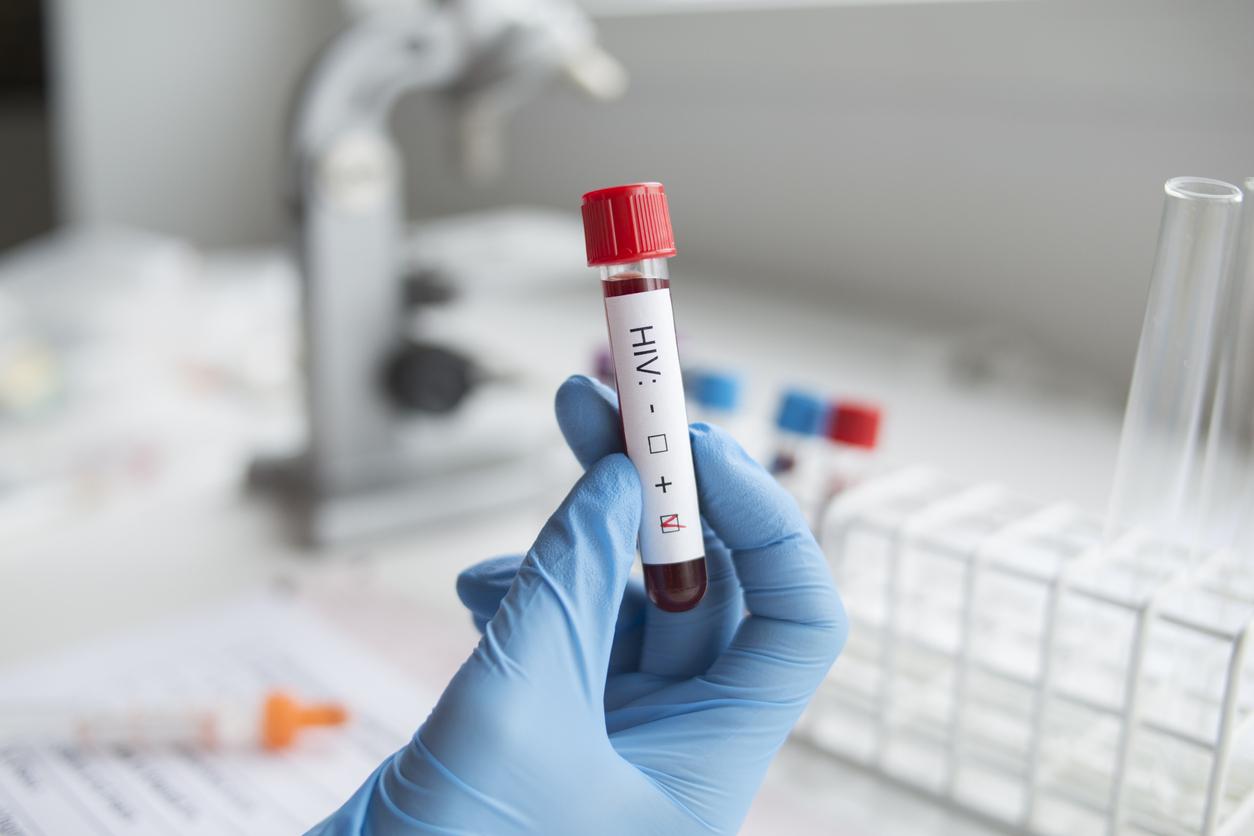An aggressive strain of HIV has been discovered on the island of Cuba. This variant of the virus exposes those infected to a particularly high viral load.

The AIDS virus mutates. A new particularly aggressive strain has been discovered in Cuba by a team of researchers from the Catholic University of Louvain (Belgium) and the Pedro Kouri Institute of Tropical Medicine in Havana. Their work has been published in the journal EBioMedicine and relayed by the magazine International mail.
The disease occurs in three years
The researchers studied the blood results and the therapeutic follow-up of 95 people with the virus on the island. They observed that this new strain causes in infected people a very high viral load, which accelerates the development of AIDS. Thus, people who have contracted the virus develop the disease only three years after being infected, compared to six to ten years for other strains.
According to the authors of the work, the progression of this virus is so rapid that patients fall ill before they even realize they are HIV-positive. Experts fear a rapid progression of the virus, which could become increasingly difficult to diagnose and treat.
Recombinant virus forms
This variant, called CRF19, combines biological material from three variants of HIV. “The research community is well aware of the ability of HIV to mutate to form new strains”, specifies in Hector Bolivar, of the Miller School of Medicine in Miami, in the Miami herald. There are in fact sixty epidemic strains of HIV-1 in the world. In November 2013, another aggressive strain had thus been discovered in Guinea-Bisseau.
These “recombinant” forms of the virus result from the crossing of several strains of HIV. Known to be more virulent than the strains from which they developed, they are expanding rapidly, according to the scientific community. In particular, they could emerge in places of high immigration, such as the United States and Europe, where the flora of HIV is complex and mixed.
According to the authors, the discovery of the CRF19 strain could explain, in part at least, the rapid progression of the disease on the island – even if the incidence rate in Cuba remains low (<0.1). In addition, other factors may have contributed to this progression (condom shortage, presence of opportunistic infectious diseases such as AIDS, etc.).
.















